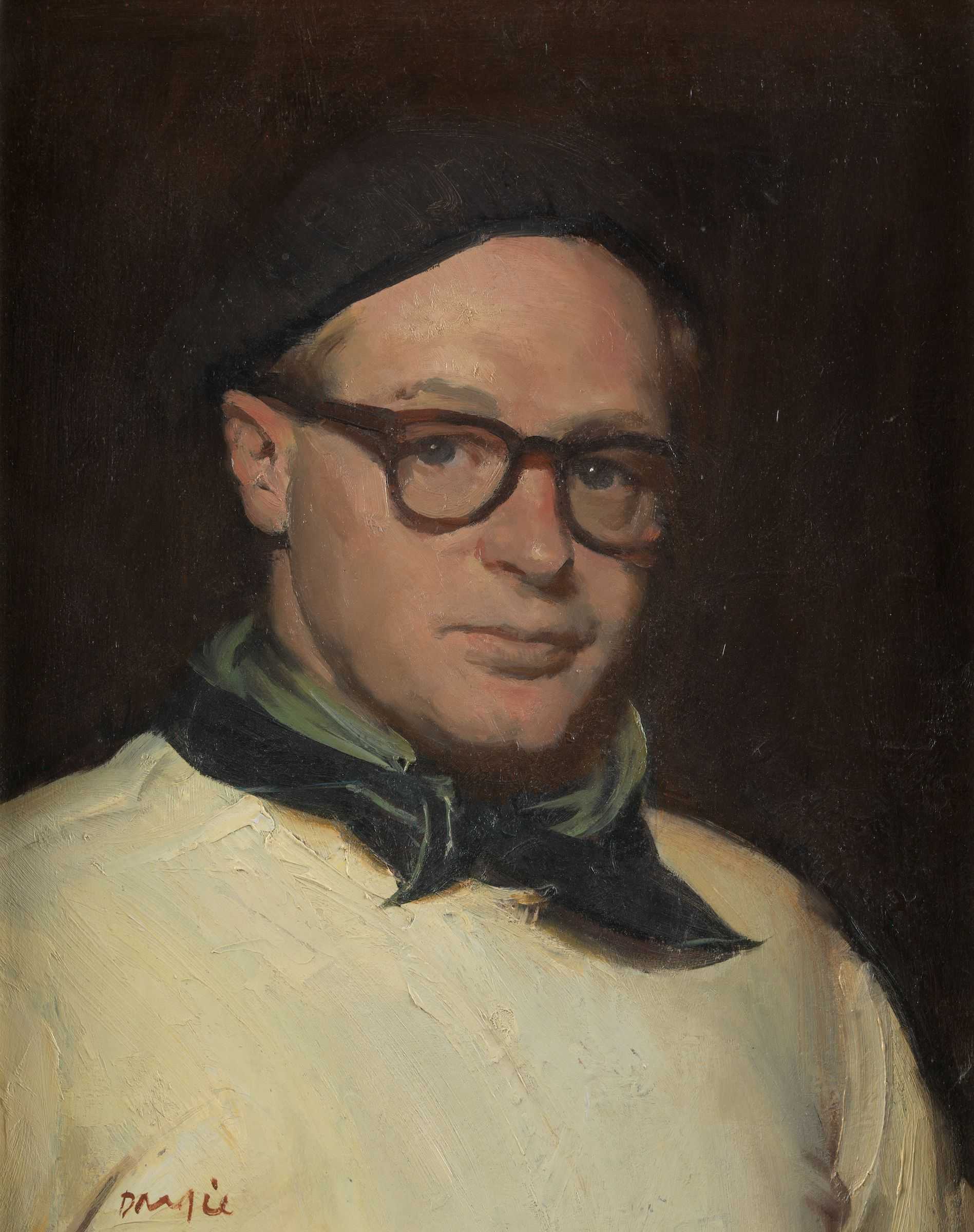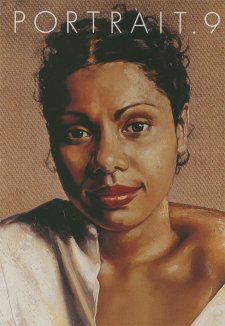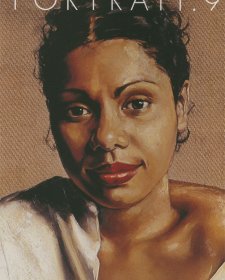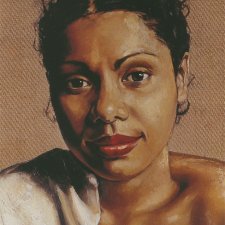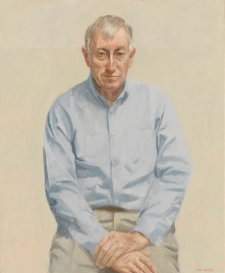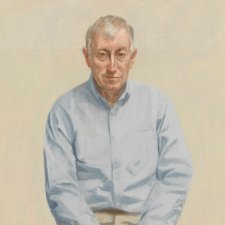William Dargie was born in Footscray, Melbourne on June 4 1912. As an artist and later senior adviser he made important contributions to the development of many of the national art collecting institutions of this country. From May to October last year the Australian War Memorial, the Parliament House Art Collection, the National Gallery of Australia and the National Portrait Gallery joined together to mark these achievements on the occasion of his 90th birthday with a series of exhibitions and a celebratory lunch at which the artist was in attendance.
Dargie has a special place in the history of Australian portraiture. While his life's work covers a wide range of subjects, it is with the portrait that he is most intimately connected in the public mind. Over the past sixty-five years he painted subjects including The Queen, the Duke of Edinburgh and a who's who of leading Australian figures in fields including the military, industry, sport, education and science.
Dargie was a prolific and high profile portraitist. He has influenced subsequent generations of Australian artists who continue to work with a tonal realism. His pictures, demonstrating his commitment to realism, convey a sense of having caught a significant gesture or moment in paint, often emphasising expression through the use of light falling across the face of the sitter.
The National Portrait Gallery holds nine portraits by Dargie, with a further two works on long term loan to the collection. These are among his best portraits, including medical scientist, Sir Macfarlane Burnet (1960-61), tennis champion, Margaret Court (1961), the ever-popular double portrait of aviator-explorers Sir Charles Kingsford Smith and Captain Charles Ulm (1961) and a stoic alternate version of his Archibald Prize wining portrait of painter Albert Namatjira (1958).
Perhaps most intriguing, certainly most personal of all, is a comparatively small self-portrait made in the late 1930s. In it Dargie appears spectacled, his beret and necktie suggesting the bohemian disposition of an artist. Painted when he was in his twenties, the artist returns the gaze of the viewer almost as a statement of presentation or intent. There is a youthful candour to the portrait which in retrospect we are able to savour, aware of the remarkable future of this young man and the impact he would have on the history of Australian portraiture in the twentieth century.
